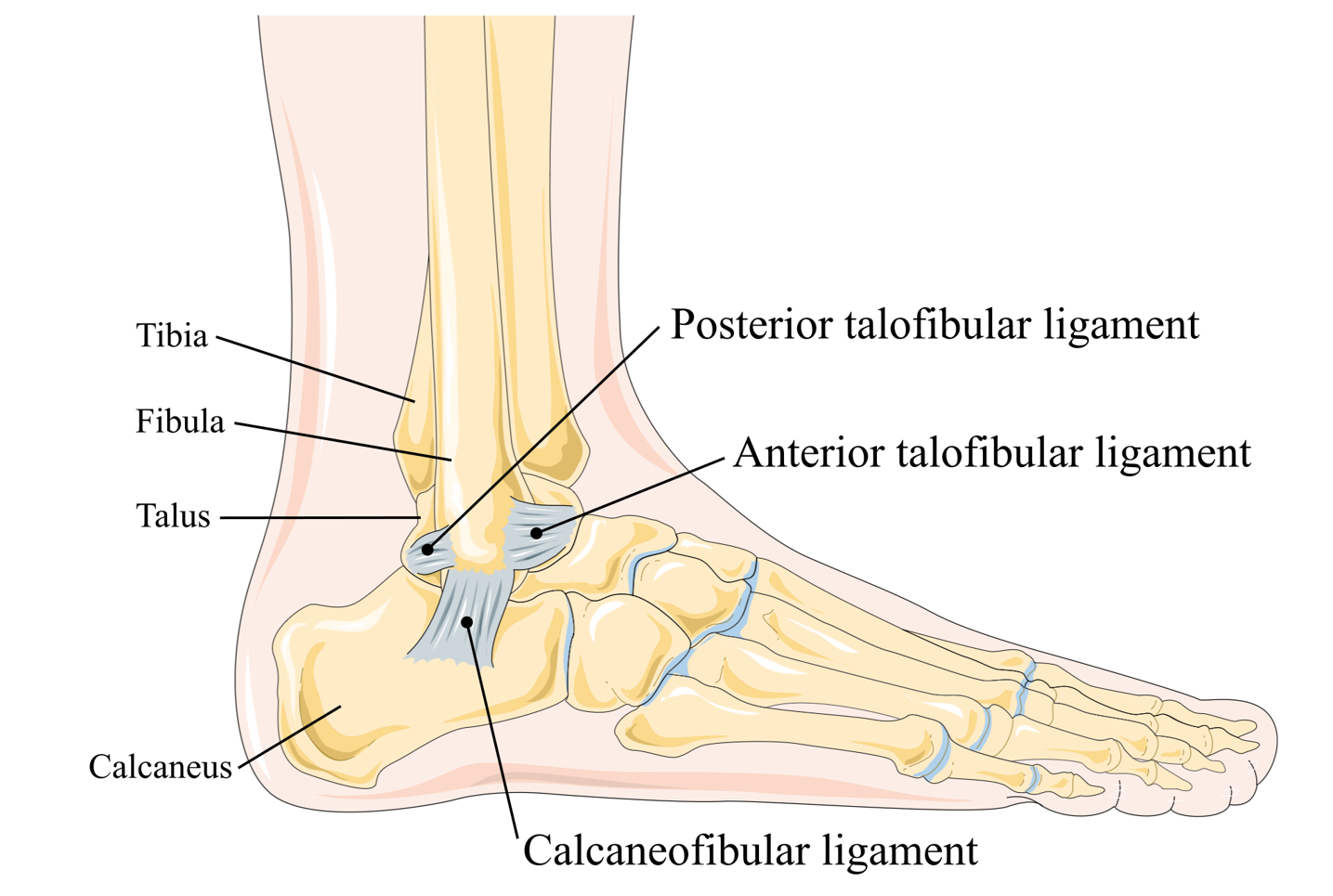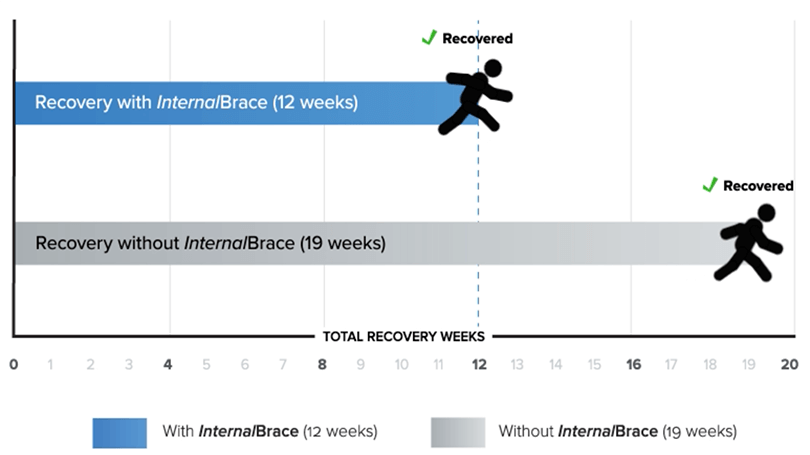DR. ASHTON NELSEN and EXPLORING CHRONIC ANKLE INSTABILITY

If any doctor at St. Cloud Surgical Center knows a thing or two about sports injuries, it’s Podiatrist Dr. Ashton Nelsen.
As a former Division II track star at Minnesota State University Mankato, Dr. Nelsen has had her fair share of time on the sideline due to injuries. Her experiences as a student-athlete and love for sports medicine are what led her to a career in Podiatry. As a podiatrist, Dr. Nelsen focuses on everything related to foot and ankle health, including hammertoe corrections, bunion removal, and major ankle surgeries like lateral ligament reconstruction due to ankle sprains.
Ankle Sprains are the most common type of athletic injury, with research suggesting they account for 15-30% of all sports injuries. And while it is common among athletes, ankle sprains can happen during everyday activities too! With those stats, it’s probably safe to say you’ve experienced an ankle sprain or know someone who has, but what exactly happens when you sprain your ankle?
While it may not look like much, the inner workings of your foot and ankle are very complex. Each foot comprises 26 bones, 33 joints, and more than 100 muscles, tendons, and ligaments that work together to provide support, balance, and mobility. When talking about ankle sprains, we focus on the ligaments that help stabilize joints and prevent excessive movement. An ankle sprain can occur when this stabilization is disrupted through an unusual amount of force caused by the twist of your foot, roll of the ankle, or any other movement beyond typical motions.

You may have had a Sprained Ankle if you’ve experienced any of the following:
- Inability to weight bear on your ankle
- Ankle pain, which can be mild to severe
- Decreased range of motion at the ankle joint
- Swelling and inflammation
- Bruising
- A popping sound during a suspected ankle injury
- Instability of your ankle in any way (most common with severe sprains)
For many of Doctor Nelsen’s patients, traditional recovery methods like physical therapy, bracing, or something as simple as the R.I.C.E technique will help resolve an ankle sprain. However, one out of every five patients that walk through her door has a severe sprain that can’t be relieved by rest and ice. These types of severe ankle sprains typically result in chronic ankle instability, leading to your ankle going out from under you at any moment, thus causing more damage to the ligaments.
If you find yourself reading this and think you may have chronic instability, all hope is not lost! While rest and relaxation won’t help, a simple surgery using bracing internally may be the ticket to a pain-free way of living. This bracing is a surgical procedure used to reconstruct and augment the body’s own ankle ligament. This procedure was designed to speed up recovery, allow for an immediate range of motion, and result in an ankle that is 3x stronger than your body’s own ligament!
“I always tell patients after this procedure you are more likely to break your ankle than damage the repair site because it is that much stronger!” – Ashton Nelsen, DPM
If you suffer from chronic ankle instability, bracing internally might be the best recommendation for you, especially if you are an athlete. With an average 13-week recovery time compared to 17 weeks from the traditional lateral ankle ligament repair, internally bracing can have you back on the track, mat, rink, or court faster!

Learn more about chronic ankle instability and ligament bracing from Dr. Nelsen in the video below.
For more information on Dr. Ashton Nelsen and her current practice, visit St. Cloud Foot and Ankle.
SOURCES:
—